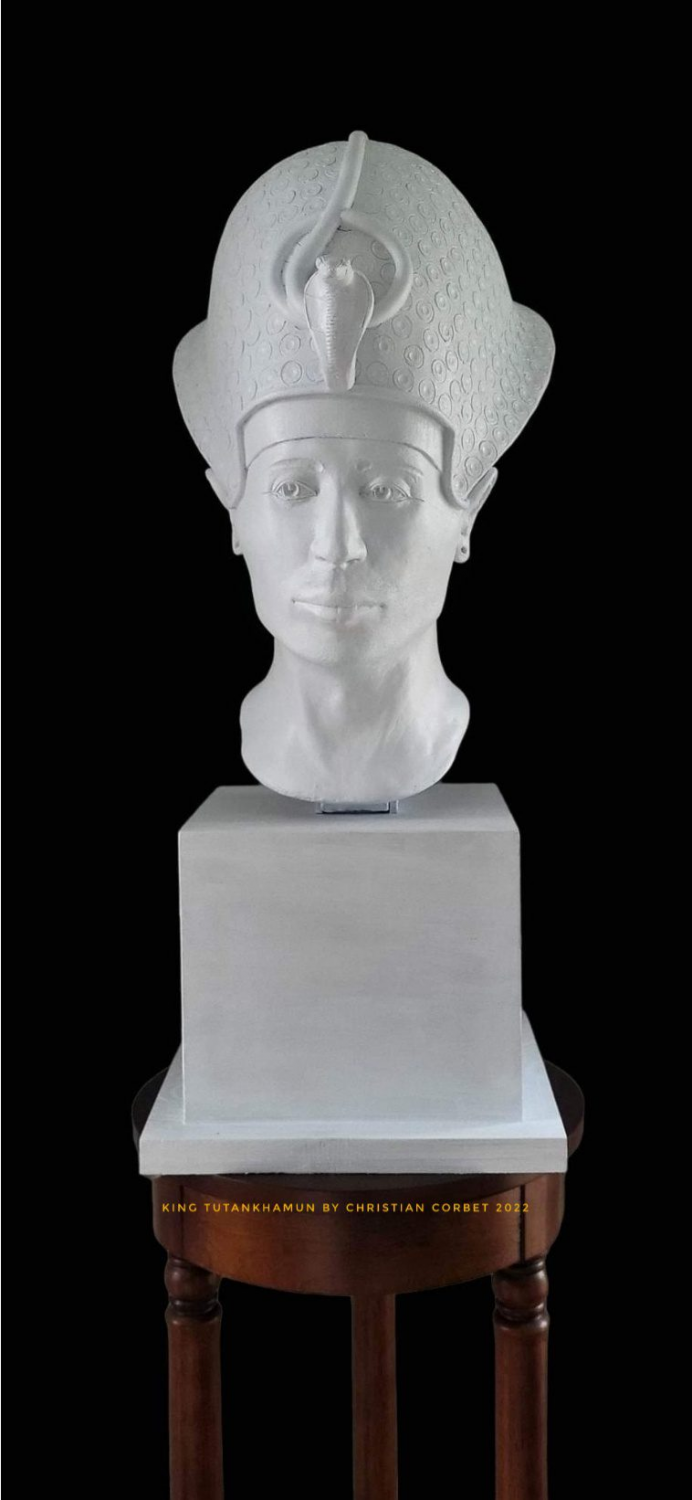Scientist Andrew Nelson researches bioarchaeology in part because it helps him to learn about how humans existed in ancient times. While he has toured the world in search of ancient mummies, his most recent journey involving King Tut will be remembered for the ages.
Mummies, skeletons, and grave items are the finest methods to learn about people from the past. Focusing on a mummy reveals what a person was like as a human, as stated by Nelson, chairman and educator of anthropology.
To commemorate the centennial of Howard Carter's discovery of King Tutankhamun's tomb, PBS presented a two-part program entitled Tutankhamun: Allies & Enemies, in which Nelson appears. Nelson has dealt with several mummies in Peru, Egypt, and other places, each of which is unique. Each was a human who deserved respect, and it is vital to relate to their story, but there is only yet another King Tut, noted Nelson.
3D Bioimaging Process of King Tut
As stated by Nelson, he was commissioned to assist with a fresh face reconstruction of King Tut at the request of the production firm, following a suggestion by Western-trained educator, Sahar Saleem, a professor of radiology from Cairo University's Kasr AlAiny Faculty of Medicine. The procedure entailed creating a simulation image of the King's skull using computed tomography (CT) images and the 3D bioimaging program Dragonfly.
Having a lot of scans of different Egyptian mummies but getting a scan of a pharaoh is extremely tough so dealing with King Tut is the greatest achievement for Nelson, a member of Western's Bone and Joint Institute. Only with Sahar's help were we able to obtain clearance from Egyptian officials to analyze the data.
Before King Tut's mummification was finished in 1323 B.C., resin had been dripped into his unfilled cranial cavity (the area in the skull that stores the brain) as well as his cheeks were filled with resin-coated linen strips. This procedure was employed to form his face when it hardened out throughout the mummification process, and it made virtual dissection exceedingly difficult for Nelson, based on a report by Phys.
They placed packing behind the cheekbones and in the lips to try to keep the facial shape. However, that is not his original appearance. There was no muscular tissue, so it's a reduced replica of his original face, according to Nelson. Our task was to save the face and effectively reanimate it.


Reliving Face-to-Face
Nelson collaborated with Toronto's Objex Unlimited on developing a 3D print of the skull when the computer reconstruction was completed. He then collaborated with Sackville, New Brunswick artist Christian Corbet, who initially created a forensic portrayal of King Tut's figure with no ears as well as no expression, followed by his final artistic rendition, influenced by Egyptology & Egyptian artwork, which featured in the said documentary.
Researchers started with a digital model of the head and then added layers of muscle to build out the face, explained Nelson. Because the architecture of his skull influenced the face reconstruction, Nelson believes that it has a much more lifelike appearance than any that has been seen before.
Western News mentioned that the addition of a khepresh top to King Tut's head was the finishing touch, which had not been included in prior King Tut face reconstructions. As said by Nelson, the khepresh, or war crown of King Tut, elevates the restoration. There are many drawings and portrayals of King Tut carrying his crown with the snake on the front in Egyptian art, which is why they chose to go with it.
Egyptian historian Yasmin El Shazly alongside photographer Mahmoud Rashad investigates historical contradictions by delving into the mysteries surrounding King Tut's life and burial in the documentary.
The purpose of the show, as mentioned by Nelson, is to depict the tale of King Tut as a human and who he has been as a kid king. The hosts studied his allies and adversaries by visiting old places. The team wished to gaze him in the eyes as part of their investigation, and they believe they have succeeded, and can now see King Tut's face and bring that element of him back to life.
RELATED ARTICLE: Egyptian Pyramids Mystery Unveiled: What's Inside? How Rich Were the Ancient Tombs of Pharaohs?
Check out more news and information on Egyptology in Science Times.










